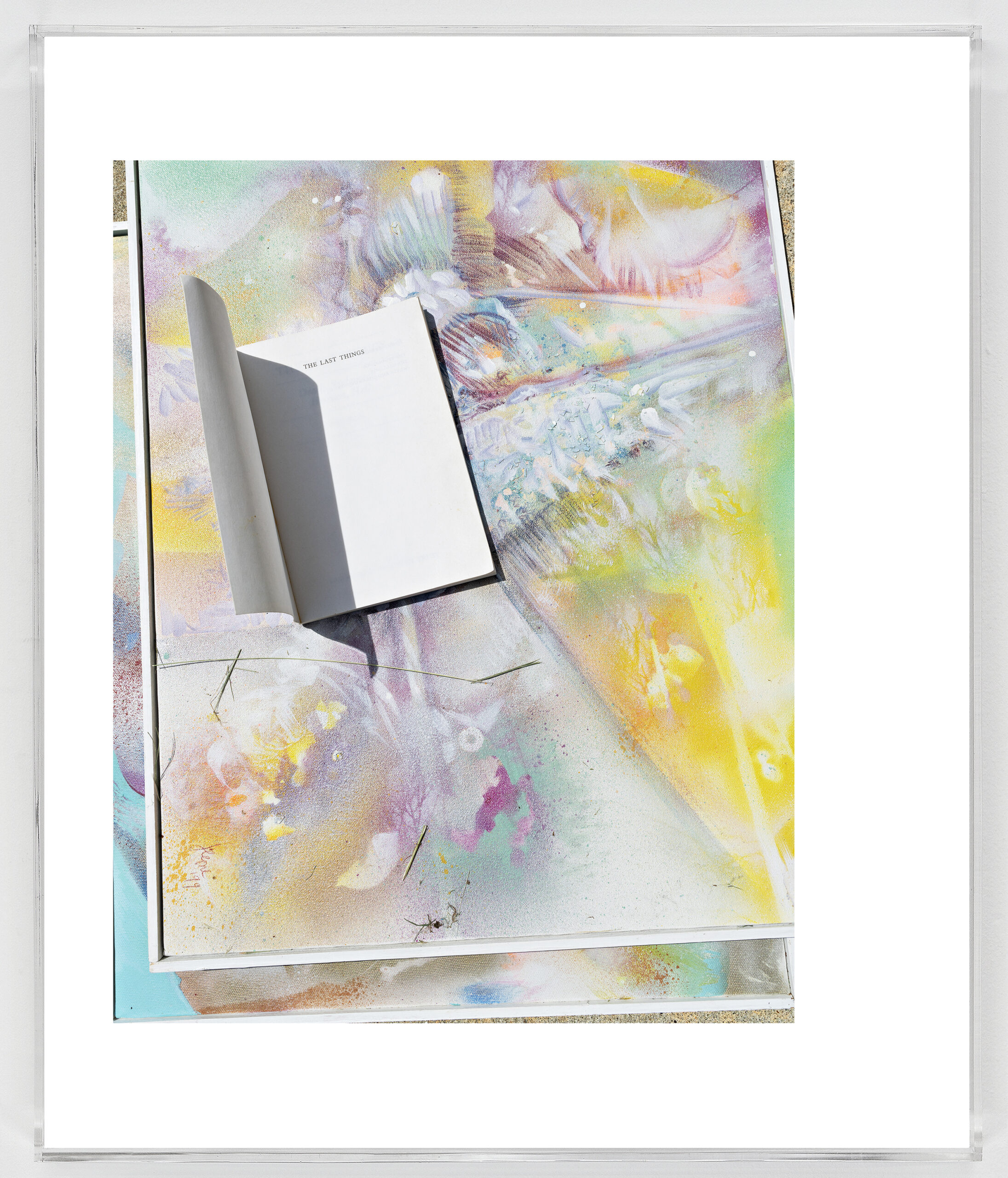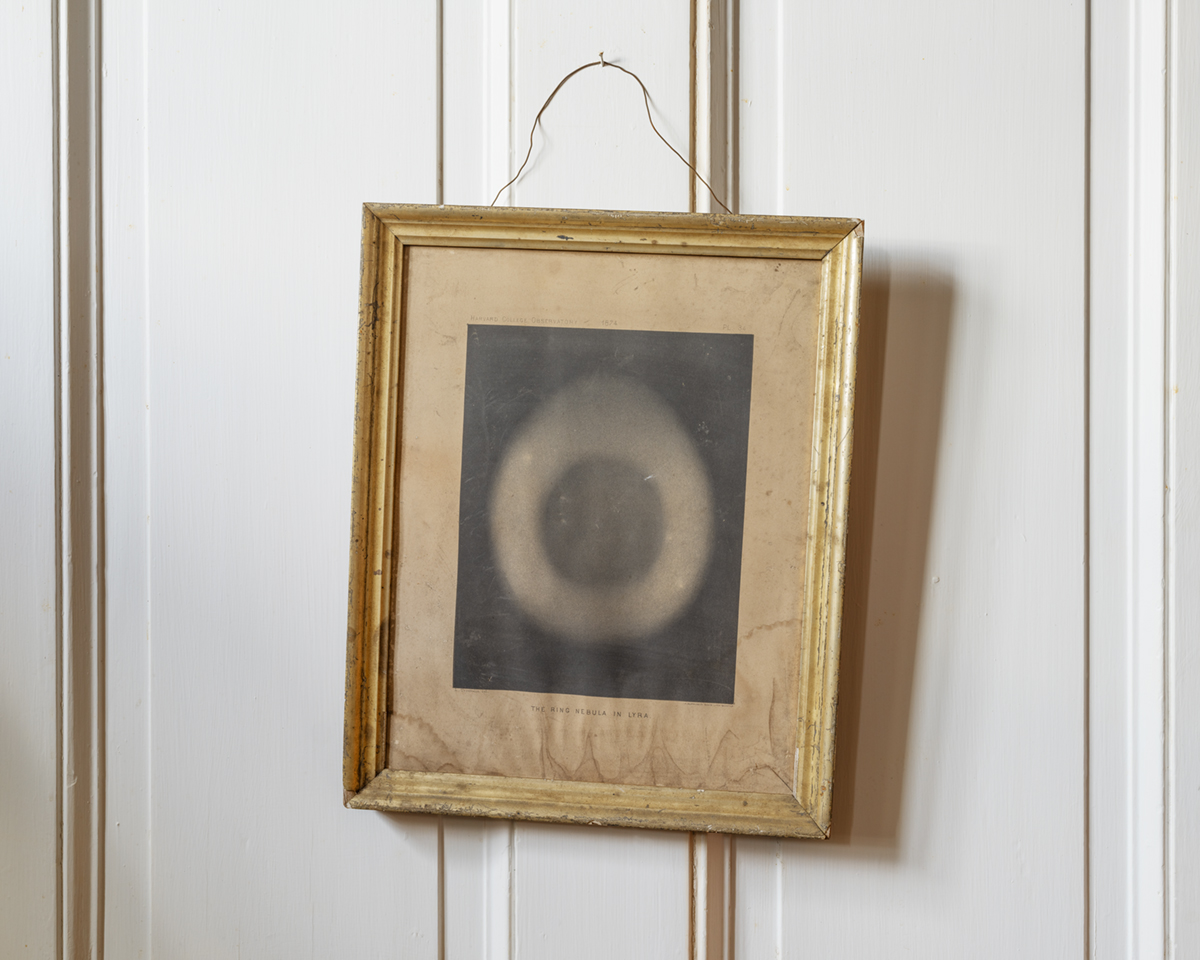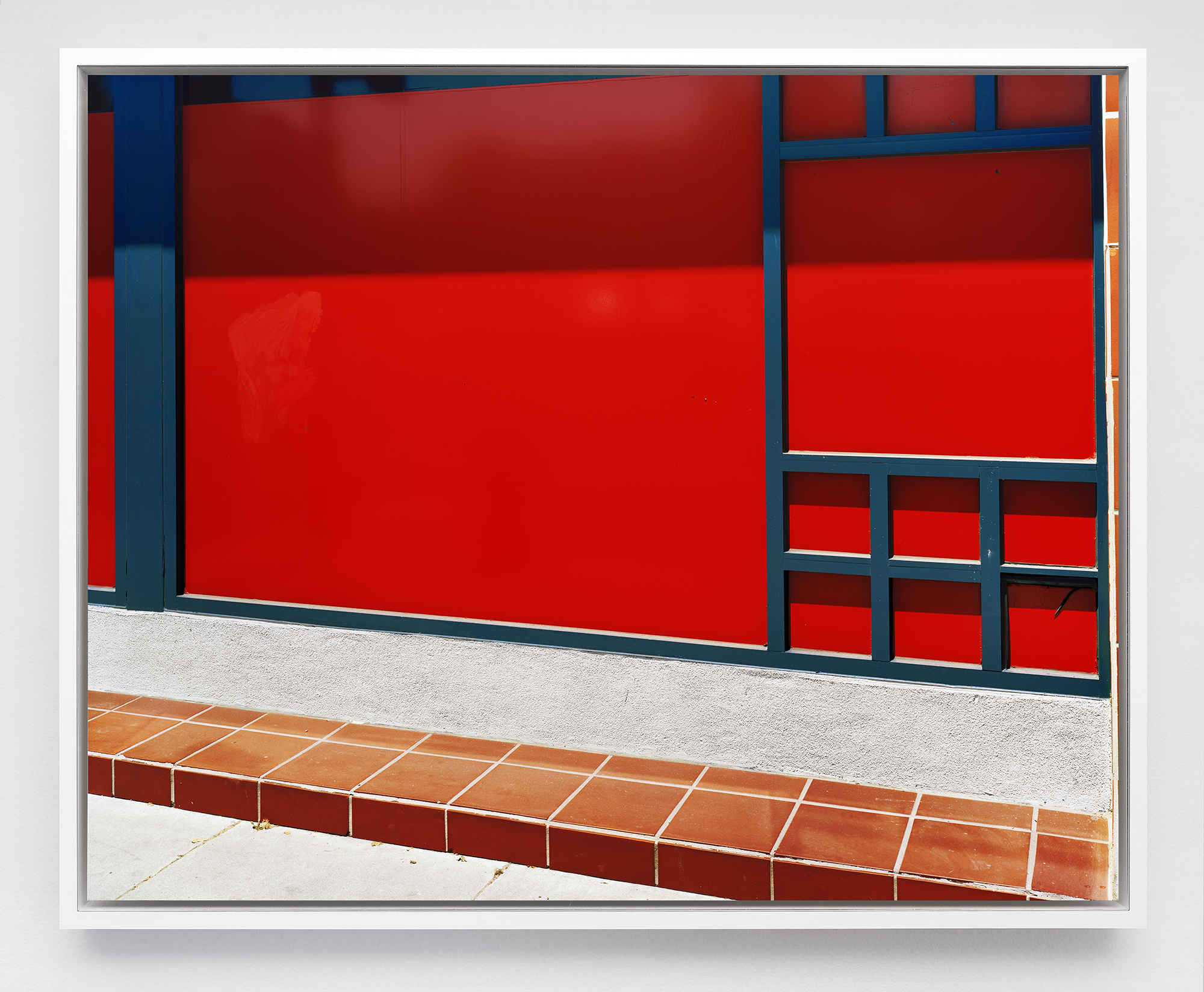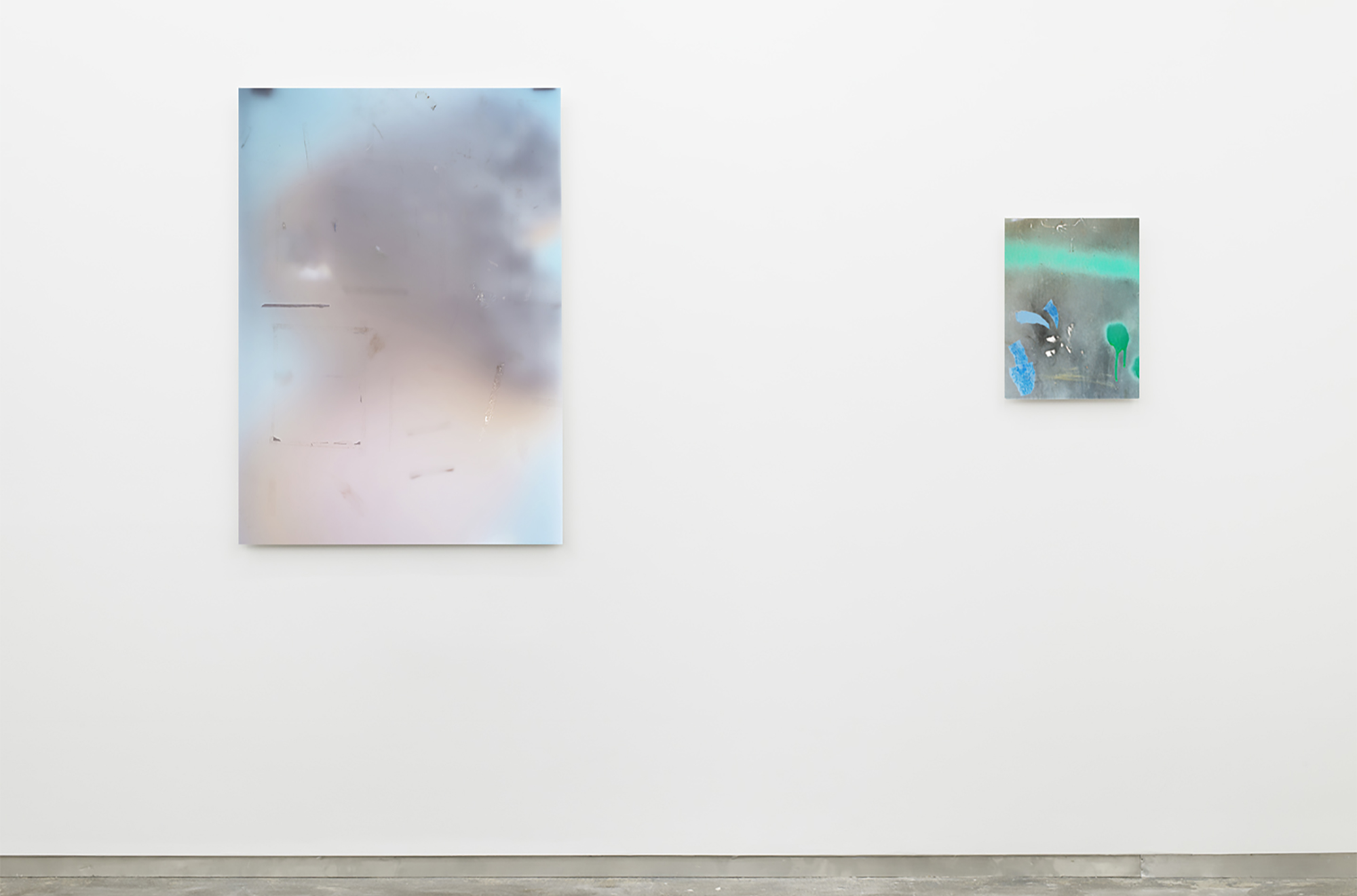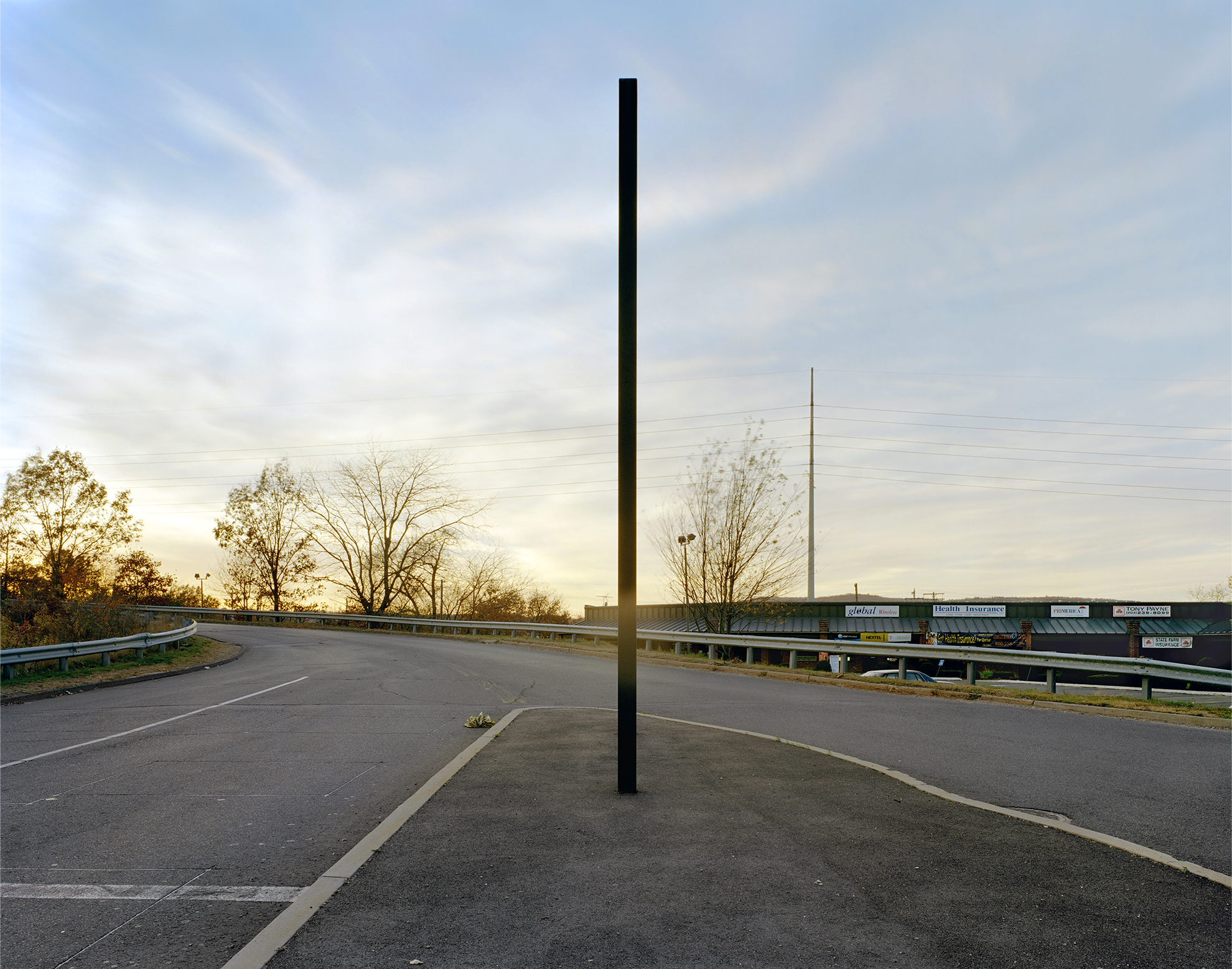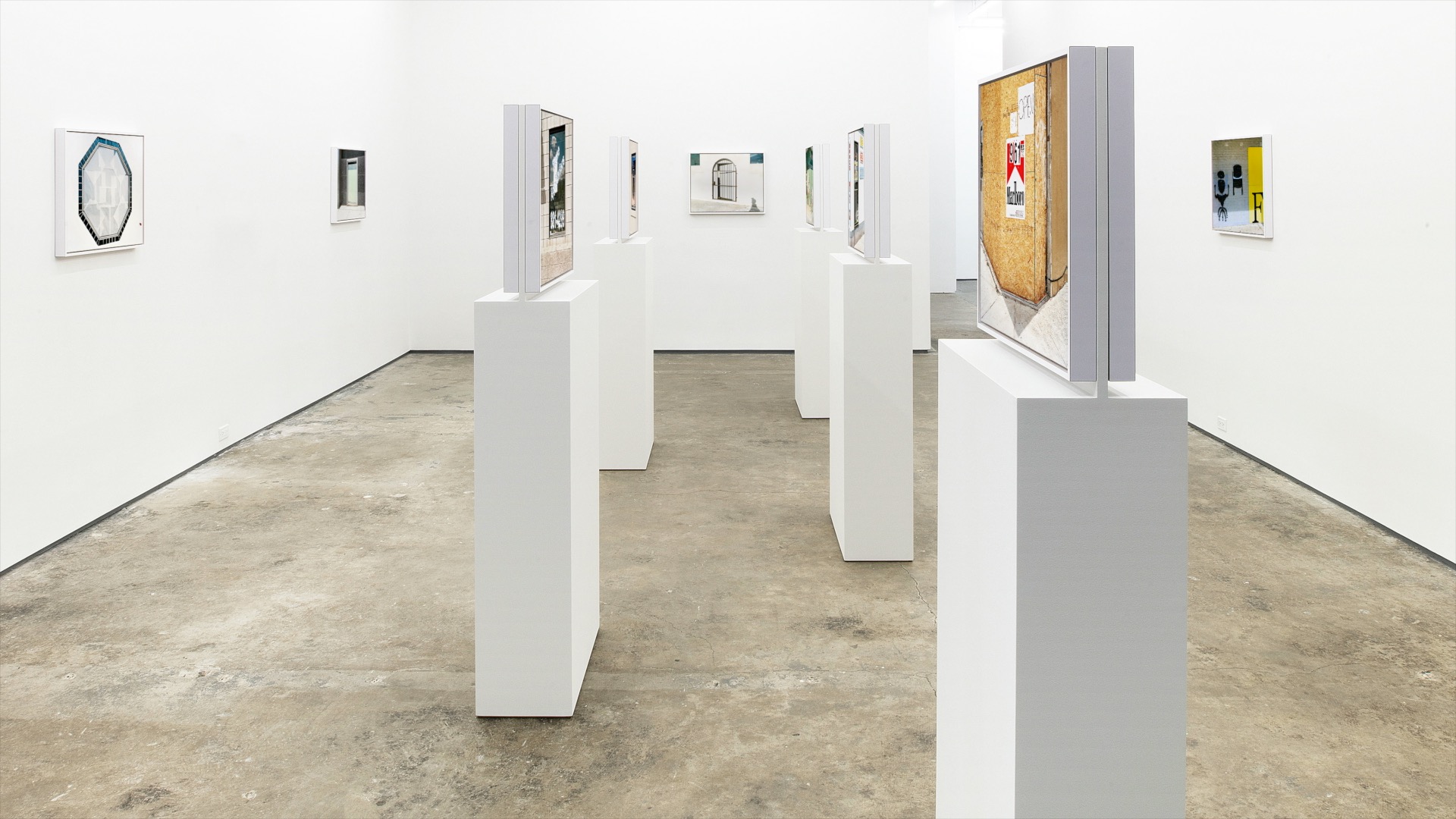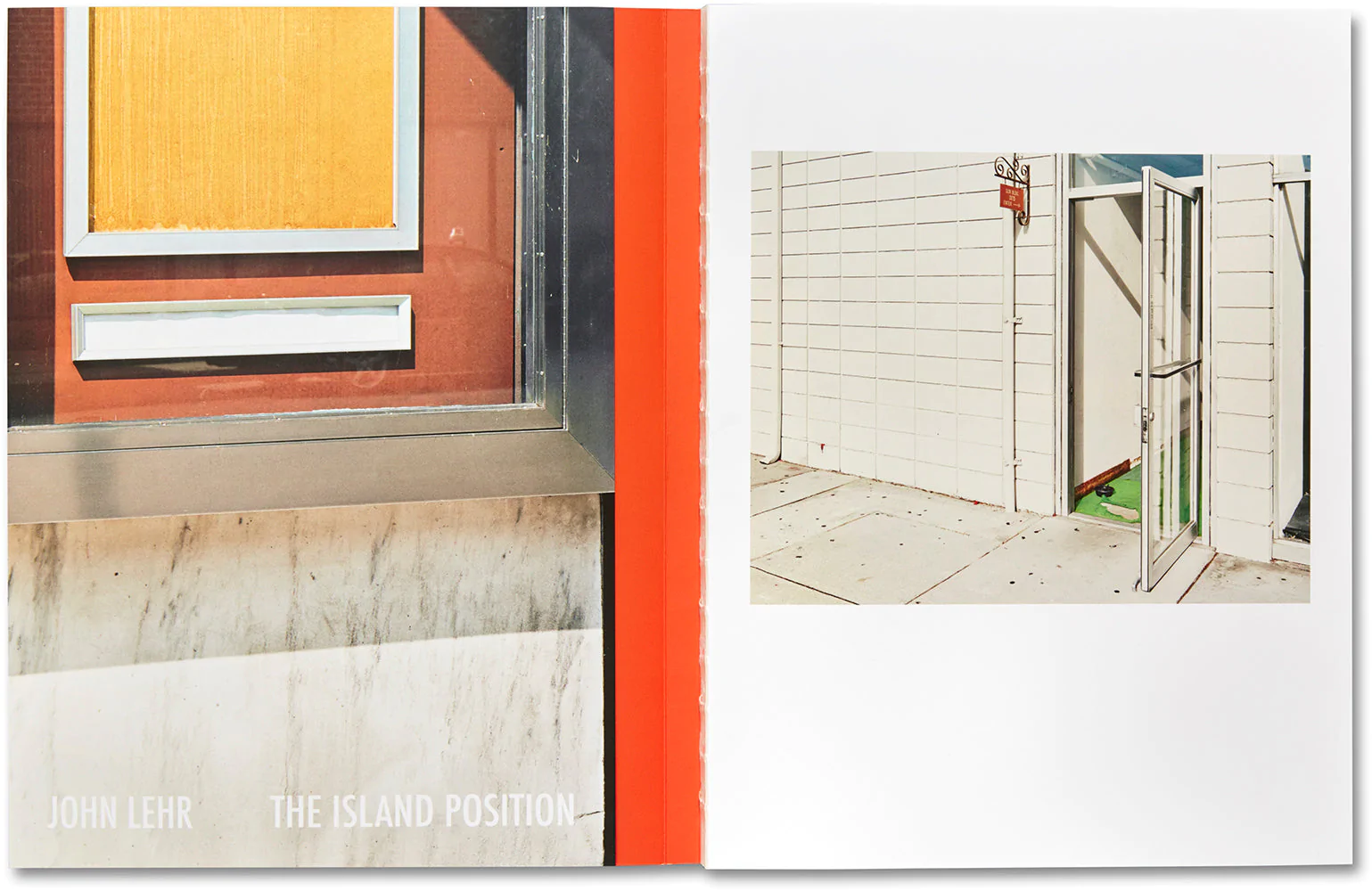Work
The Last Things
In The Last Things, Lehr is studying and giving voice to language and representations that punctuate the American commercial landscape. Each work depicts vernacular forms of architecture, signage, images, and objects that were hastily made in a rush for attention or abandoned in place after their usefulness had expired. He posits them as symptomatic symbols of the repetitive cycles of decline, rehabilitation, violence, and mourning that are woven into the fabric of contemporary American life. The works function as both an archeology of the present, and a subjective retelling of a common language in a vividly uncommon way.
Remote Sensing
In 2023 John Lehr was commissioned to make a project at the Heyden Observatory on the campus of Georgetown University. What he found was a building teeming with life, and traces of the incredible work that was done there by teachers, students, and researchers. In his photographs the celestial and the biological collide in places where chance meets intention, rationality meets accident, and accretion meets the present. In the basement of the building Lehr found hundreds of glass plate negatives that were exposed and developed on site. He was drawn to the negatives that were, like the building itself, ravaged by the natural effects of time. His photographs assert that the damage does not ruin the negatives; it amplifies their autonomy. The cracks in the glass, the peeling of emulsion, and the accrual of mold makes one realize that these objects don’t just point to things that are or were once alive. They are alive too.
The Island Position
The photographs in the series describe commercial facades from across America that advertise not only what is for sale, but more importantly the idiosyncratic decisions of the people who work at these spaces. The final prints are placed into formica-clad float frames designed by the artist. The frames are then mounted to individual plinths that present the works at eye-level, off the walls of a gallery space. This method of presentation leads to a frenetic isolation where both the subject and the spectator—or viewer—confront one another individually. Masquerading as a typology of storefronts, the surfaces in The Island Position embody something unseen: the people who constructed them. The signage is not simply an appeal to consumption, but a typography of emotion: vulnerability, ingenuity, distress, and hope—the language of capitalism as a form of public address.
Low Relief
The photographs in the series Low Relief depict the skin of the city; surfaces and facades that have been transformed by human interaction and reimagined through subjective perception. Lehr’s approach in making this work included photographing both in the world and in a make-shift studio using natural sunlight and found materials. Regardless where the subjects were photographed they were always rendered in a 1:1 scale. The prints maintain an uncanny verisimilitude even as they highlight the difference between a photograph and its referent. The gestures embedded in the works are records of physicality that hover in a space between the tactile and the intangible.
Sound and Fury
In Sound and Fury Lehr placed his camera in a perpendicular position to the signage towers that lie at the entrance to shopping centers and strip malls. In the resulting large scale photographs the signage is transformed into abstract totems; quasi-abstract marks in the center of the picture – a hub around which the world of the picture revolves. The monolithic forms in each picture repeat like a heartbeat, suggesting both the rhythmic centrality of commerce in American life, and an underlying support system that is only acknowledged when it disappears.
